Radon measurements
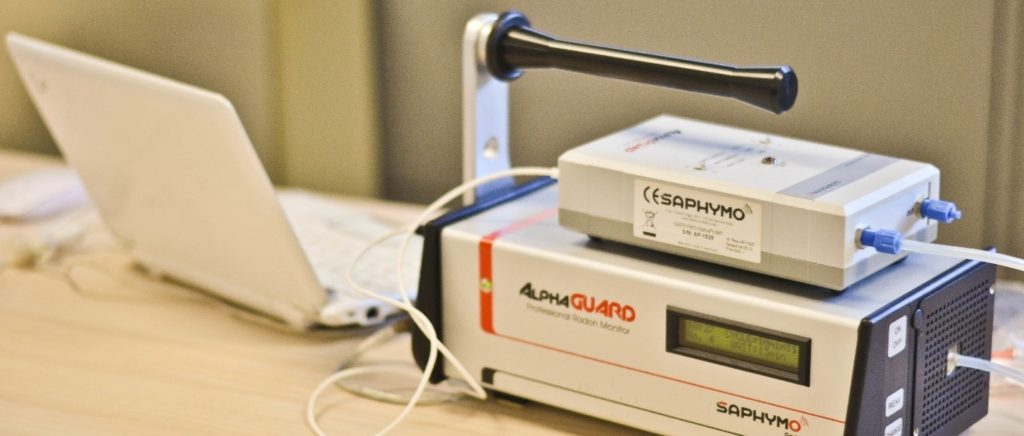
Radon is an odourless, colourless and tasteless natural radioactive gas produced in the uranium decay chain. According to the World Health Organisation (WHO), exposure of the public to indoor radon is, after smoking, the second greatest risk factor for lung cancer development. GeoExplorer is equipped with the most sophisticated tools for measuring radon exposure in workplaces and homes, as well as for estimating radon exhalation from soils and building materials.
In-situ measurements
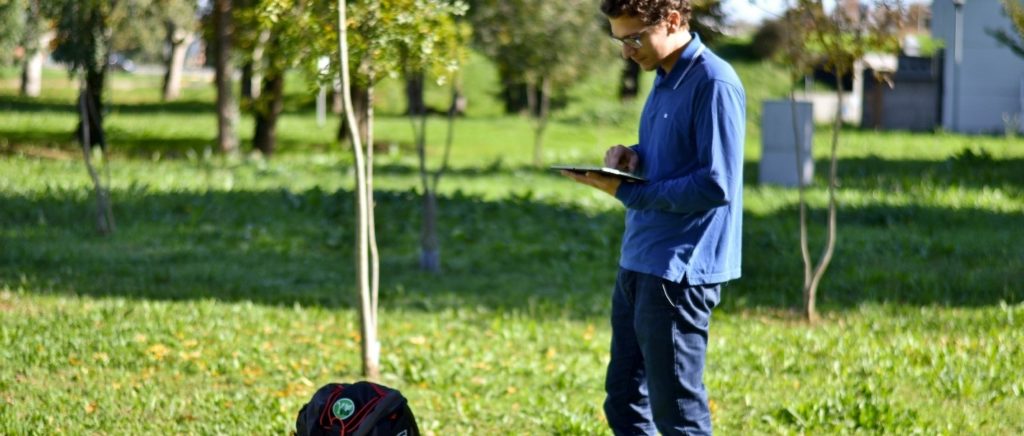
Radionuclides of terrestrial and cosmic origin and, in some cases, produced by human activities (nuclear fallout, medical waste, etc.) are present in the environment. Using the best portable spectrometers, GeoExplorer can identify and quantify radionuclides in the environment, realizing surveys of contaminated areas, farmlands, mines, stone quarries, refineries, landfills, ports, fertilizers deposits and scrapyards. The products of these surveys include natural radioactivity and dose spatial distribution thematic maps.
Radioactivity measurements on building materials
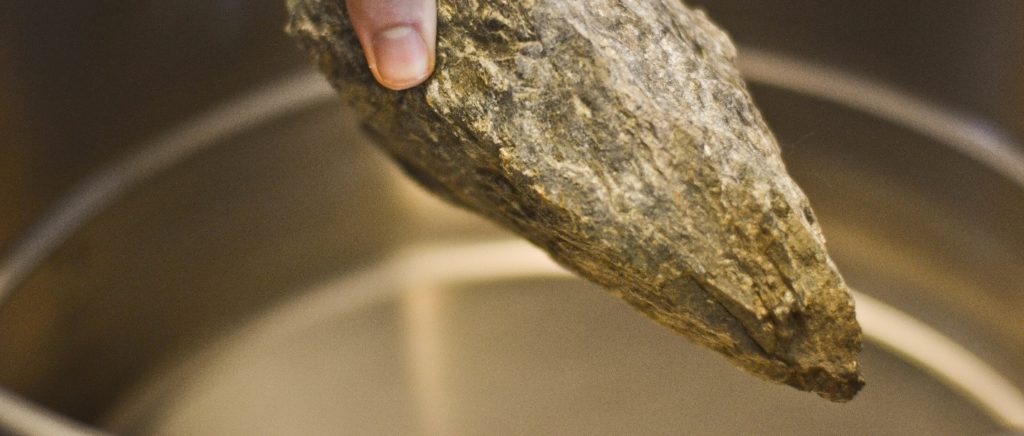
The Council Directive 2013/59/Euratom implementation establishes the maximum limit of 1 mSv/year for the indoor effective dose rate due to building materials (in addition to the natural background). GeoExplorer can measure the radioactivity concentration index of any building material according to national and international guidelines, as well as certify their limits in line with legislation in force in the different world markets.
Radioactivity measurements from aircrafts and drones

Mobile radiation detection is an effective radiometric mapping tool for geological and environmental investigations. GeoExplorer offers on-demand consulting, services and strategic technology for radioactivity surveys to be performed by means of airborne (helicopters, airplanes and aerial drones), ground (cars, land drones, ATVs) and waterborne (boats and water drones) platforms. Generally, the radioactivity detectors are used alongside other sensors (magnetometers and visible-spectrum, hyperspectral and thermographic cameras) providing multiparametric measurements that can be managed remotely and in real-time.
Radioactivity measurements on thin sections
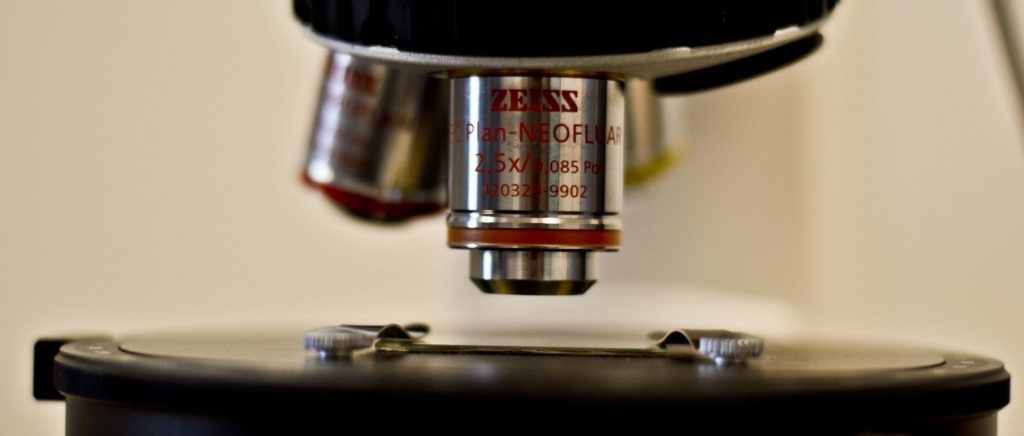
From a thin section analysis with a petrographic microscope, through autoradiographic techniques it is possible to recognize the main minerals containing uranium and thorium. The GeoExplorer team developed a method for the identification of radioactive crystals using Solid State Nuclear Track Detectors (SSNTDs) combined with the automatic recognition of the tracks left by the alpha particles emitted by radioisotopes. This sophisticated technique, together with the statistical analysis of emission densities for the different minerals, can be applied in mineralogical, petrographic, geothermic and geochemical characterizations.
NORMs measurements
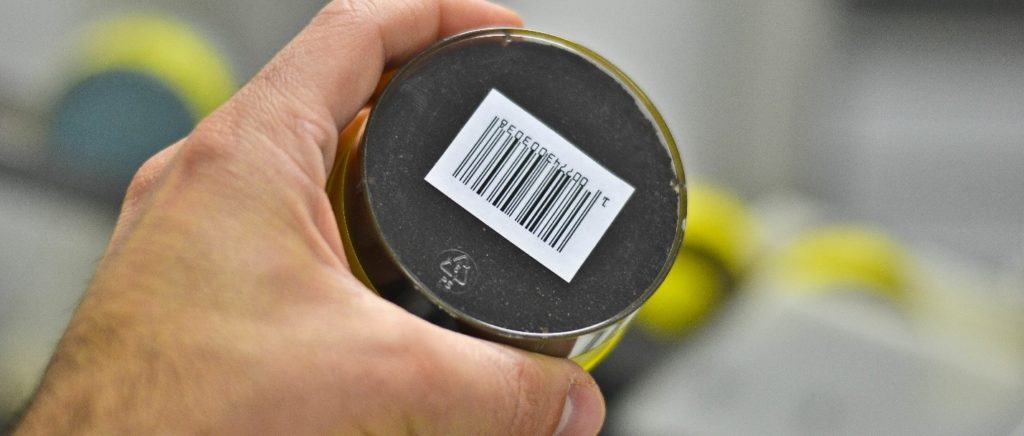
NORMs (Naturally Occurring Radioactive Materials) are materials enriched of natural terrestrial radionuclides through natural or artificial processes. Generally, they are the by-products of industrial processes associated with mining or extractive industry. GeoExplorer is equipped with the most sophisticated tools for laboratory or in-situ characterization of the main NORMs, including phosphogypsum deposits, mineral sands, red muds from bauxite processing, ashes, scales and sludge from oil industry.

